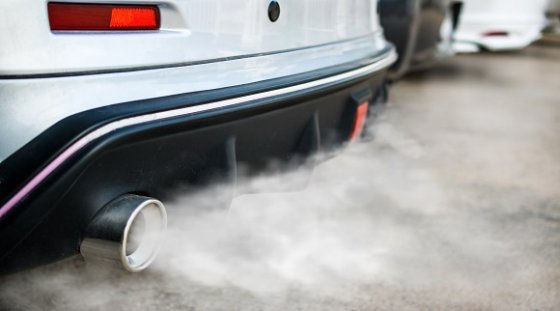
Diesel or petrol engine exhaust gases should be colorless. Any smoke colour emanating from an exhaust signals that it is not running properly, or even close to mechanical failure.
What do exhaust smoke emissions really mean?
- Black smoke is a sign of engine over-fueling. This can be a malfunctioning injector, a restricted air supply or clogged intercooler.
- For a sound technical reason, excess unburned fuel is blowing from the exhaust.Blue smoke is mechanical distress, forming when an engine’s own lubricating oil is being burned, indicating worn piston rings, valve guides, or seals.
- The oil can also come from an air filter overfilled with oil or an excess of oil in the crankcase.
- White smoke is a sign of water vapor or fuel that has been atomized but not burned.
- The water vapor may be present in the fuel, or water may be leaking into the cylinder from the cooling system. Air in the fuel can also cause white smoke.
- For engines designed to achieve Euro 2, 3, 4 and 5 emissions standards and above the Worldwide Fuel Charter specifies a maximum dissolved water content of 500ppm and a particulate cleanliness level of 18/16/13, as defined by ISO 4406:1999.
- What happens in very icy weather? White smoke can be confused with normal steam from a warm engine exhaust cooling into water-vapour.
- The difference? Steam is thin and wispy, quickly re-evaporating. White smoke is slightly denser and oilier, taking longer to disperse.
When it comes to quality of air, South Africa currently works to Euro 2 exhaust emission standards.
Carbon footprint and greenhouse gas is a different subject, based on every litre of diesel fuel producing 2,64kg of carbon dioxide when combusted in a diesel engine